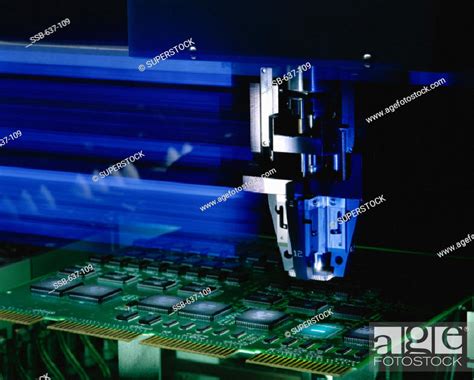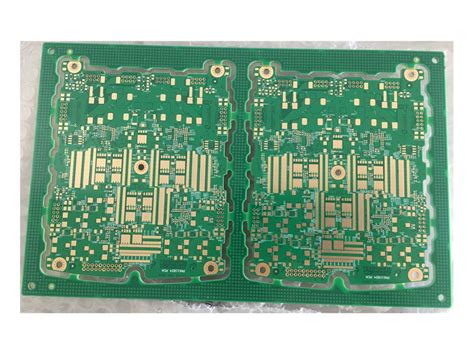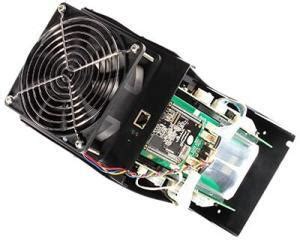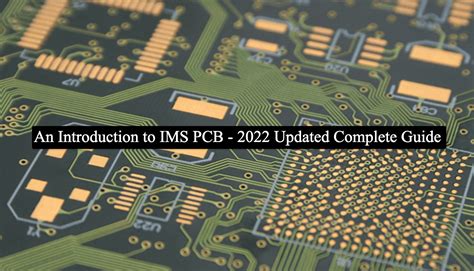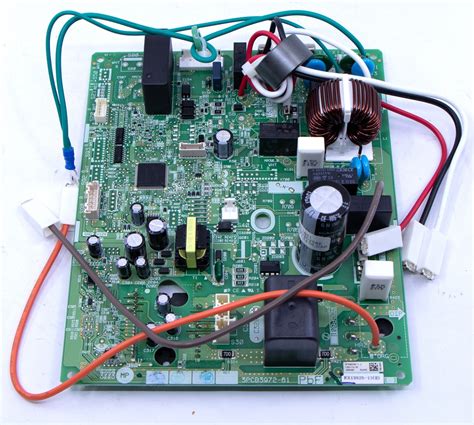Fast Turnaround PCB Assembly: The Key to Modern Electronics Manufacturing
Introduction
In today’s fast-paced electronics industry,fast-paced electronics industry, fast turnaround pcb(print circuit pcb) assembly has become important part of corporate competitiveness.With the continuous advancement of technology and changes in market demand,companies need to be able to respond quickly to customer needs and shorten product time to market.This article will explore the definition,process,advantages trends of fast turnaround PCB assembly in depth.
1.What is the fast turnaround PCB assembly?
Fast turnaround PCB assembly refers to the process of completing the manufacturing and assembly of PCBs in a shorter period of time.This process usually includes pcb design、material procurement、pcb manufacturing、component mounting,welding and testing. compared with traditional pcb assembly,fast turnaround pcb assembly ,fast turnaround pcb assembly emphasizes speed and efficiency,and the entire process can usually be completed within a few days.
2.Fast Turnaround PCB Assembly process
Design phase
In this phase,engineers use CAD software to design PCBs. After the design is completed.After the design is completed,design rule checking(DRC)and electrical rule checking(ERC)are required to ensure that the design meets manufacturing standards.
Material procurement
The key to fast turnaround is the timely procurement of materials.Manufactures usually establish close working relationships with multiple suppliers to ensure that the required pcb materials and electronic components can be obtained quickly.
PCB manufacturing
PCB manufacturing includes processes such as etching,drilling,coating and surface treatment of printed circuit boards.Fast-turnaround PCB manufactures usually use advanced equipment and technology to improve production efficiency.
Component Mounting
At this stage,automated placement machines accurately mount electronic componets onto PCBs. Fast-turnaround assembly services are usually able to handle various types of components,including surface mount components(SMD)and through-hole components(THT)
Soldering
Soldering is an important step to ensure good electrical connection between components and PCBs. Fast-turnaround PCB assembly usually uses advanced soldering technologies such as reflow soldering and wave soldering to improve soldering quality and efficiency.
Testing
After assembly, the PCB needs to undergo rigorous testing to ensure that it functions properly. Testing includes electrical testing, functional testing, and aging testing.
Delivery
After passing the test, the PCB will be packaged and delivered to the customer quickly. Fast-turnaround services usually promise to complete delivery in a short time to meet the urgent needs of customers.
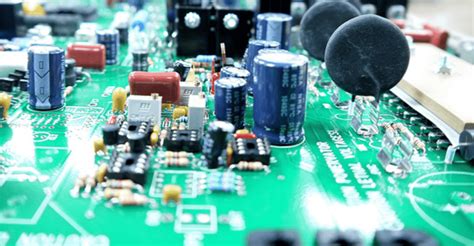
3.Advantages of Fast Turnaround PCB Assembly
Shorten Time to Market
Fast Turnaround PCB Assembly can significantly shorten the product development cycle, allowing companies to bring new products to market faster and seize market opportunities.
Improve Flexibility
Fast turnaround services are usually able to cope with small batch and multi-variety production needs, helping companies quickly adjust production plans to adapt to market changes.
Reduce Costs
Although the unit cost of fast turnaround services may be higher, the overall cost of the company is often reduced by shortening the development cycle and reducing inventory.
Improve Product Quality
Since fast turnaround PCB assembly usually uses advanced production equipment and strict quality control, the quality of the final product is often more guaranteed.
4.Challenges of Fast Turnaround PCB Assembly
Complexity of Material Supply Chain
Fast turnaround requires obtaining various materials in a short period of time, which puts higher requirements on supply chain management. Any delay in materials may affect the entire production schedule.
High Technical Requirements
Fast turnaround PCB assembly requires a high level of technical support, including design, manufacturing and testing. Companies need to continue to invest in technology and equipment to remain competitive.
Fierce market competition
As more and more companies enter the fast-turnaround PCB assembly market, competition is becoming increasingly fierce. Companies need to continue to innovate to maintain their market share.
Difficult quality control
Maintaining high quality standards is a challenge in the case of rapid production. Companies need to establish a sound quality management system to ensure that every PCB meets the standards.
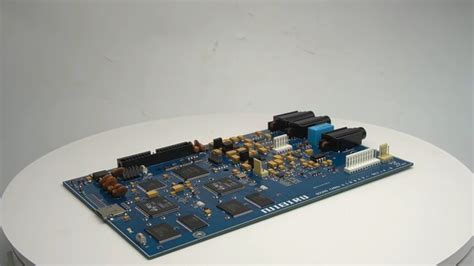
5.Future development trends
Intelligent manufacturing
With the development of artificial intelligence and machine learning technologies, fast-turnaround PCB assembly will be more intelligent in the future. Automated equipment and intelligent software will improve production efficiency and quality control levels.
Green manufacturing
The increasingly stringent environmental regulations have prompted PCB manufacturers to transform to green manufacturing. The future fast-turnaround PCB assembly will pay more attention to the use of environmentally friendly materials and waste reduction.
Personalized customization
With the increase in market demand for personalized products, fast-turnaround PCB assembly will transform to small-batch, multi-variety customized production to meet the specific needs of customers.
Global layout
With the acceleration of globalization, fast-turnaround PCB assembly companies will continue to expand international markets and enhance their competitiveness through global layout.
Conclusion
Quick turnaround PCB assembly plays a vital role in modern electronic manufacturing. It not only helps companies shorten time to market, improve flexibility and reduce costs, but also maintains a competitive advantage in the fierce market competition. However, while enjoying the convenience brought by quick turnaround, companies also need to face challenges such as material supply, technical requirements and quality control. In the future, with the development of smart manufacturing and green manufacturing, quick turnaround PCB assembly will usher in new opportunities and challenges. Companies need to continue to innovate and adapt to market changes to remain invincible in this field.

